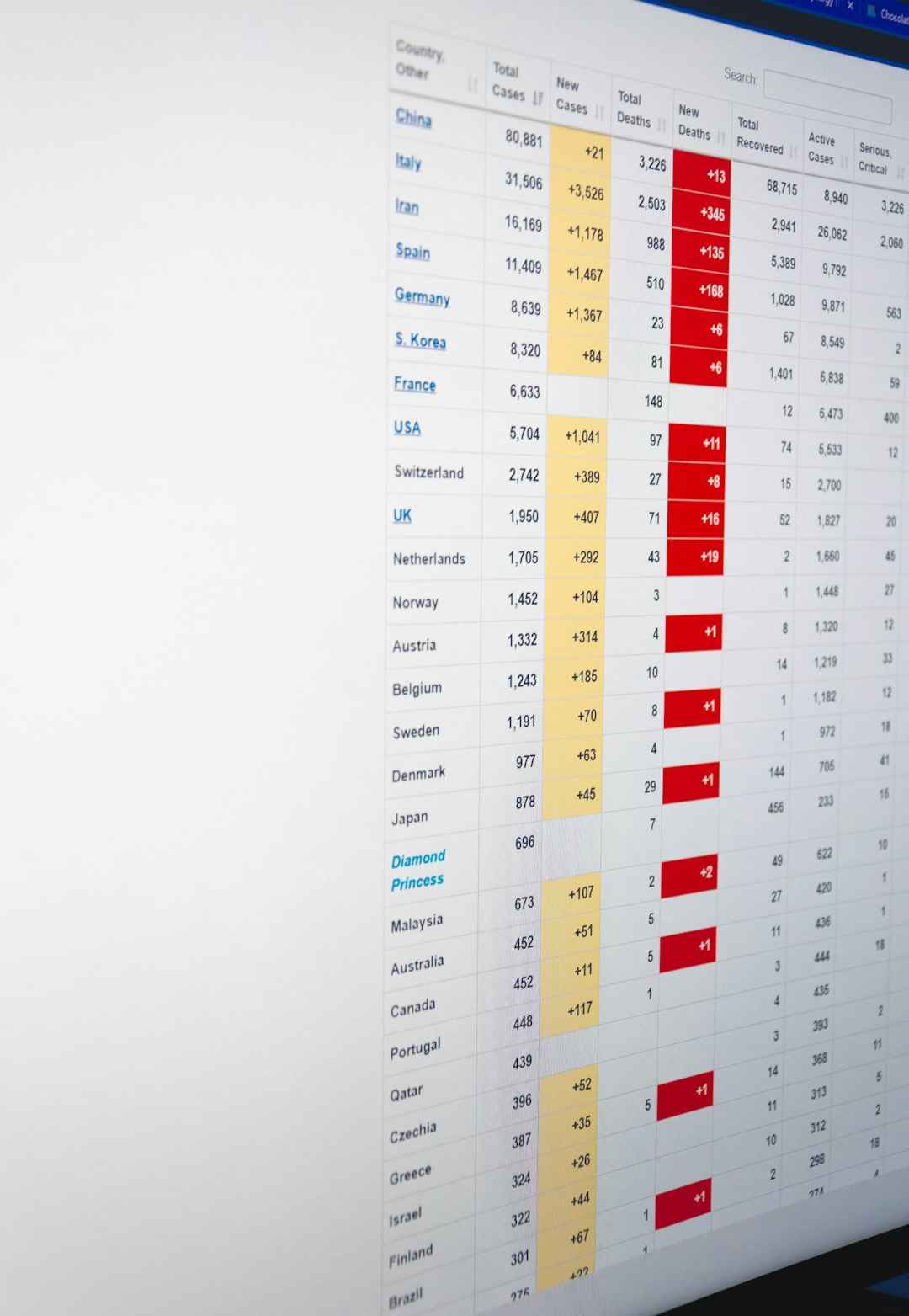In the world of eCommerce, accuracy in revenue reports is not just a luxury—it’s an absolute necessity. Businesses rely on data to make informed financial decisions, from inventory planning to marketing investments. That’s why when WooCommerce analytics began reporting incorrect revenue numbers for a high-volume store, the implications were both serious and far-reaching. What followed was a detailed diagnostic journey, culminating in a deep audit of event hooks and a corrective action plan that restored data integrity.
TLDR
WooCommerce analytics was found reporting inflated revenue figures due to duplicated event triggers during the order process. This misreporting resulted from multiple hooks firing simultaneously and inaccurately logging the same transaction more than once. An extensive audit of WooCommerce event hooks identified the issue, allowing developers to implement precise fixes. Post-audit, the store regained accurate metric tracking and achieved clarity in business performance.
Initial Red Flags: Spotting the Discrepancy
It all started when the finance team of a reputable online store noticed unusually high sales figures for several months in a row. The revenue charts drawn from WooCommerce’s built-in analytics looked too good to be true—because they were. Upon closer inspection, it became evident that sales being tracked in WooCommerce’s reports didn’t match figures reported by their payment processors.
While it’s common to expect slight discrepancies between internal reports and external payment gateways, the gap in this case exceeded acceptable margins by tens of thousands of dollars. The company operated with multiple sales triggers—email campaigns, on-site promotions, and reward redemptions—all of which depended upon precise analytics for effectiveness measurement. The finance team called in developers for an in-depth investigation.
The Investigation: Looking ‘Under the Hood’
What initially seemed like an API or synchronization error turned out to be something far more complex. The developers began by auditing the reporting pipeline:
- Order creation and completion behavior
- Payment gateway return handling
- Hook triggers associated with key order milestones like ‘woocommerce_order_status_completed’ and ‘woocommerce_thankyou’
- Custom plugins modifying order data or triggering events
The results were eye-opening. In detailed site logs, analysts noticed that multiple hooks related to revenue collection were being called more than once for the same order. This explained the duplicate reporting issue—every time a hook like ‘woocommerce_order_status_completed’ fired multiple times, it triggered revenue log entries more than once for the same sale.

Root Cause: Misused and Duplicated Hooks
WooCommerce uses WordPress action hooks to allow developers to extend or modify its default behavior. While hooks such as ‘woocommerce_thankyou’ are typically used to initiate post-purchase processes, their misuse or duplication can lead to significant problems when not properly controlled.
In this scenario, several third-party plugins had been installed previously—each adding its own logic during the checkout and payment phases. Two of these plugins both used ‘woocommerce_order_status_completed’ to initiate asynchronous tracking events. One plugin even triggered the completion action based on a conditional API callback from a payment gateway, resulting in a delayed but duplicate fire of the same hook. WooCommerce analytics, reading both triggers as independent, would log revenue twice.
The core issue boiled down to three major problems:
- Redundant event firing: Identical actions triggered more than once for the same order.
- Non-idempotent tracking logic: The tracking code didn’t check for prior executions before recording results.
- Lack of hook registration discipline: Developers failed to namespace or isolate their plugin code, allowing for overlap.
Audit and Correction: The Hook Strategy
The developers initiated a full-blown hook audit. This included examining all active themes and plugins and identifying every function latched onto WooCommerce’s sensitive order-related hooks. A temporary staging environment was set up to simulate orders and monitor logs.
Here’s how the team tackled it:
- Deactivated non-essential plugins and reintroduced them one-by-one to narrow down offenders.
- Applied loggers to all WooCommerce hook callbacks to count the number of invocations per order.
- Refactored logic that depended on order-related hooks to include idempotency—checking if an order already triggered the logic before executing it again.
- Standardized the use of ‘woocommerce_checkout_order_processed’ over ‘woocommerce_order_status_completed’ where appropriate, due to its single-fire nature.

Once these changes were made, the team ran several test orders and scrutinized revenue capture across WooCommerce, Google Analytics, and Stripe. Finally, all three systems reported harmonized figures within a three-dollar range—considered precise for their volume and processing methods.
Restoring Integrity: Fixes Implemented and Lessons Learned
The fix was not just technical—it was procedural. A new company policy was introduced around plugin integration and code deployments. Key takeaways included:
- Mandatory hook impact assessments before installing or updating any WooCommerce plugin.
- Pre-deployment QA environments with logging on key revenue-related hooks.
- Regular revenue audits comparing WooCommerce with third-party payment gateways.
- Version-controlling analytics behavior to ensure no silent regressions occur post-update.
Additionally, they automated the verification process by writing a custom plugin that would flag orders where revenue log activity exceeded expected thresholds. This served as a long-term backstop against future discrepancies.
Broader Implications for WooCommerce Store Owners
This incident serves as a cautionary tale for eCommerce businesses, especially those running highly customized WooCommerce setups. While WooCommerce’s flexibility is one of its greatest strengths, that flexibility must be actively managed. Stacking numerous analytics, automation, and plugin features without full visibility into their hook behavior leads to inevitable conflicts and silent reporting errors.
Store owners should proactively monitor their analytics and regularly audit their codebase, ensuring:
- Hooks are firing once per unique order event
- Third-party plugins are communicating correctly and safely with WooCommerce’s core functions
- Revenue reports are cross-referenced and verified by payment processors or accounting software
Conclusion: Vigilance is the Price of Accuracy
In this case, the resolution of a high-stakes revenue reporting error highlighted the critical need for meticulous development practices and thorough testing workflows when dealing with WooCommerce and its analytics features. Today, the company reports accurate financials, has reinstated confidence in its analytics, and continues to grow, armed with deeper insights and improved observability across its platform.
If you suspect your WooCommerce reports might not be accurate, it may be time for an event hook audit. A few extra development hours now could protect you from months of inflated data, misguided strategies, or worse—auditor penalties for financial misreporting.
